Part 1: Frequency Domain
Part 1.1: Warmup
Here, we used the sharpening technique learned in class where you create an image using the following formula: sharpened_image = im + (im - gaussian blurred im) * alpha. The alpha value can be tuned -- sharpening too much can make the picture look oversaturated.

|
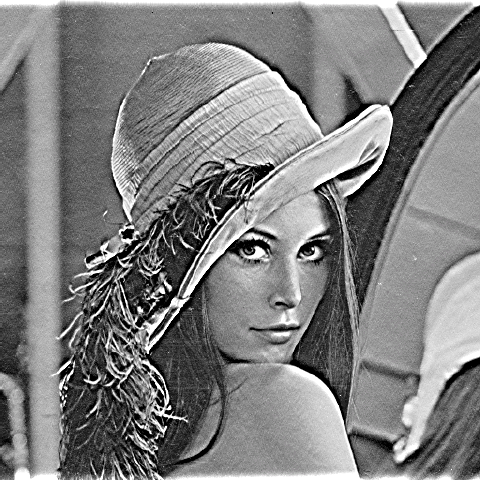
|
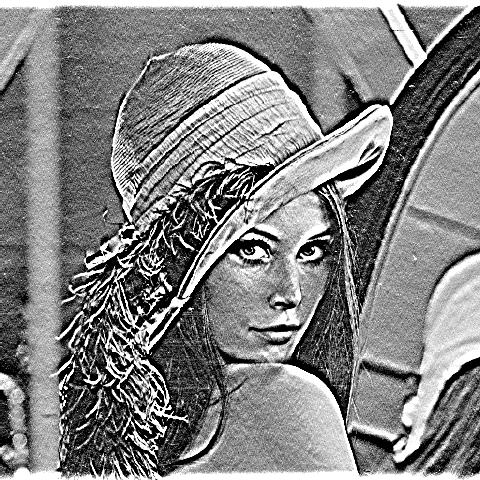
|
Part 1.2: Hybrid Images
These hybrid images are created using a high pass version of one image overlayed with a low pass version of another image. Choosing the sigma and kernel size variables for each of these filtered passes was a lot of trial and error.

|

|

|
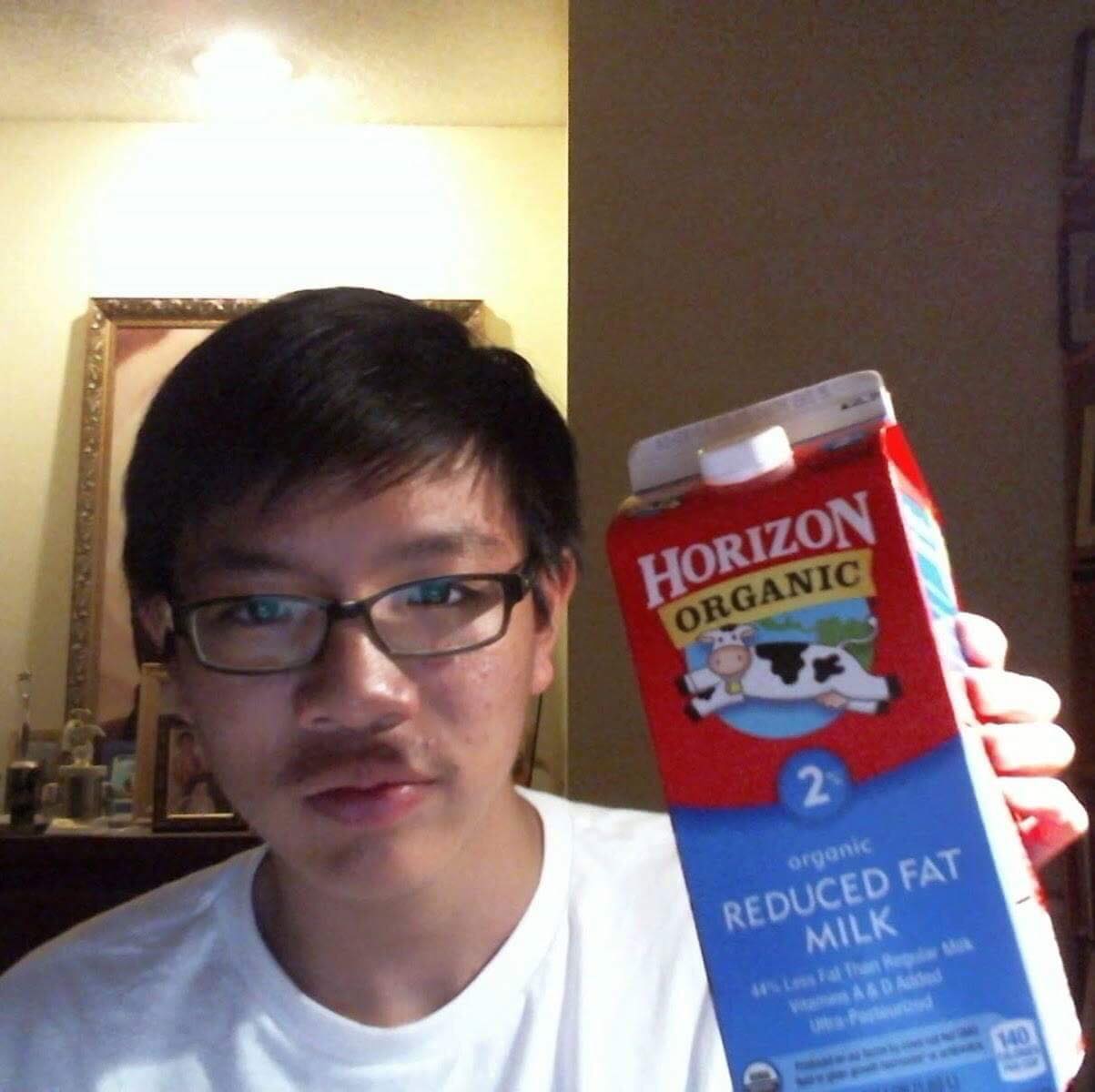
|

|

|
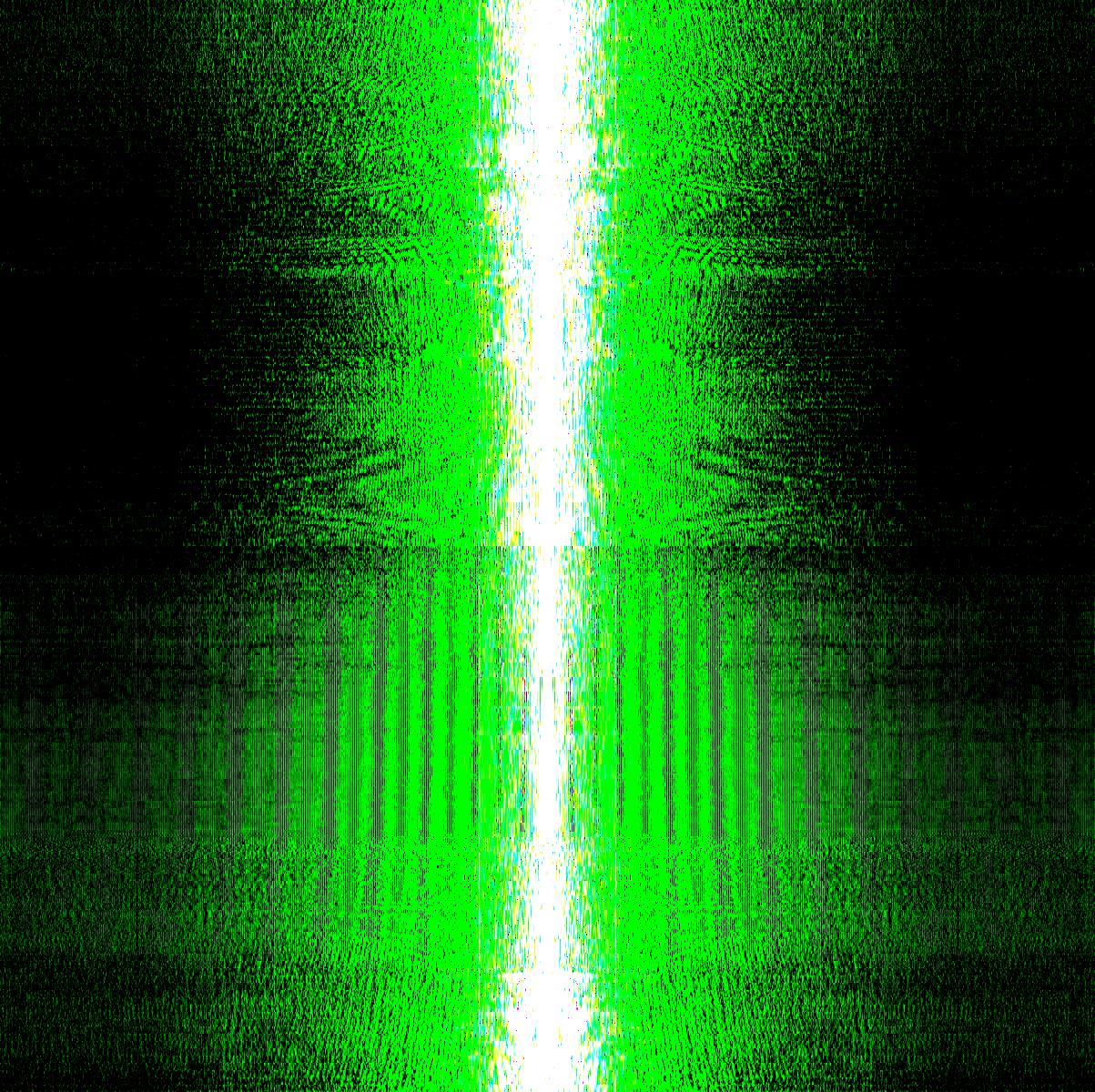
|
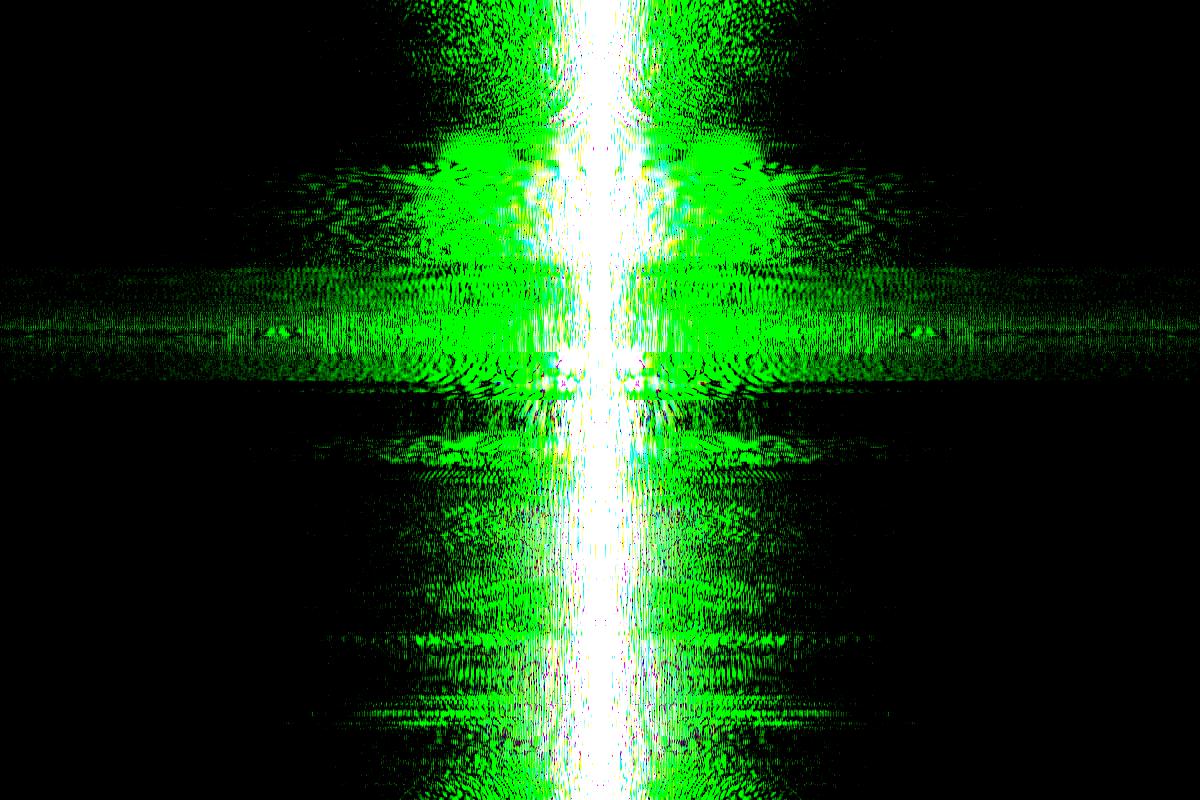
|
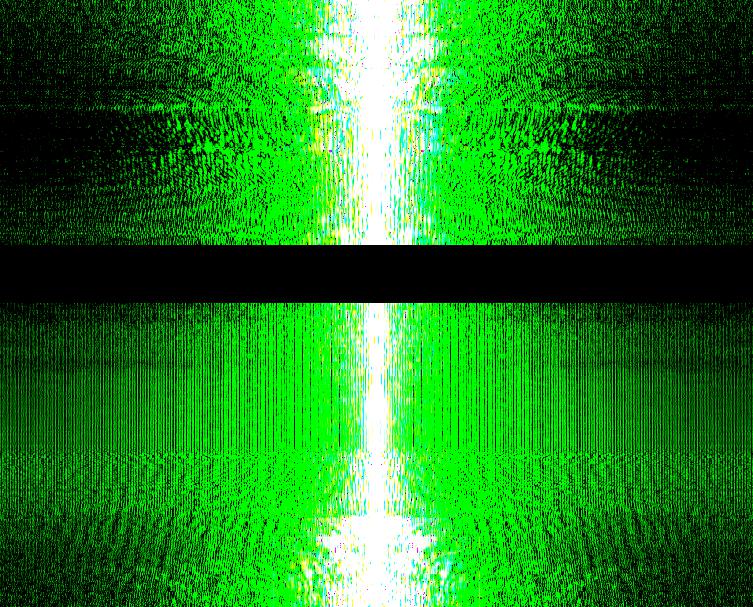
|

|
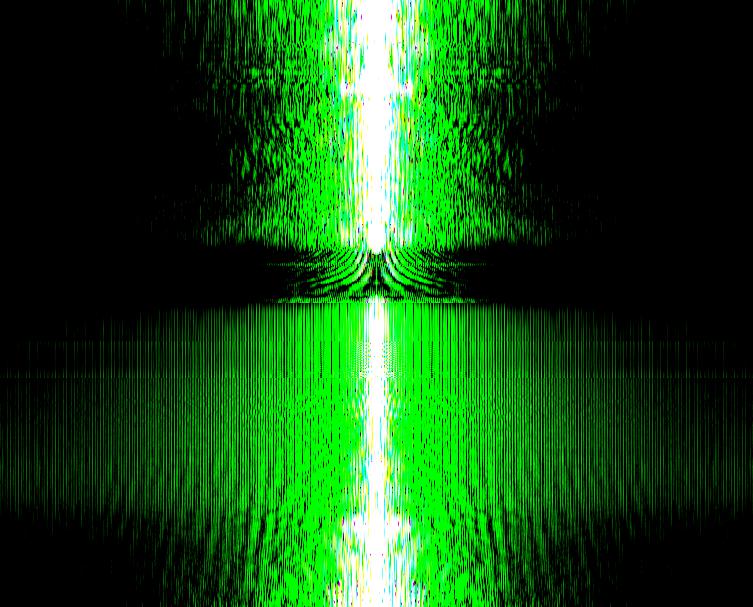
|
Failures(-ish). These didn't work out so well because the low pass images are a slight side profile while the high pass images are straight on.
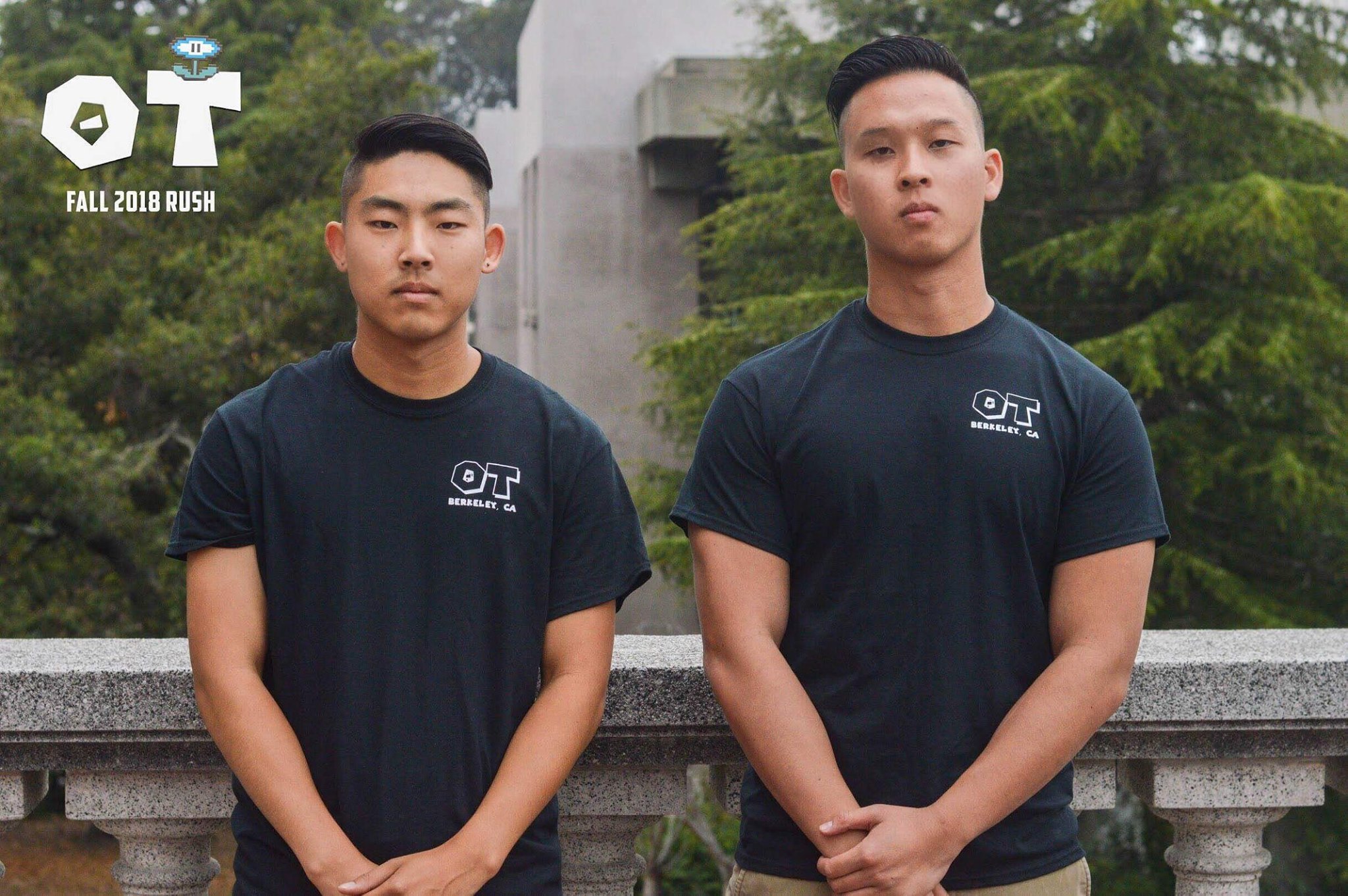
|
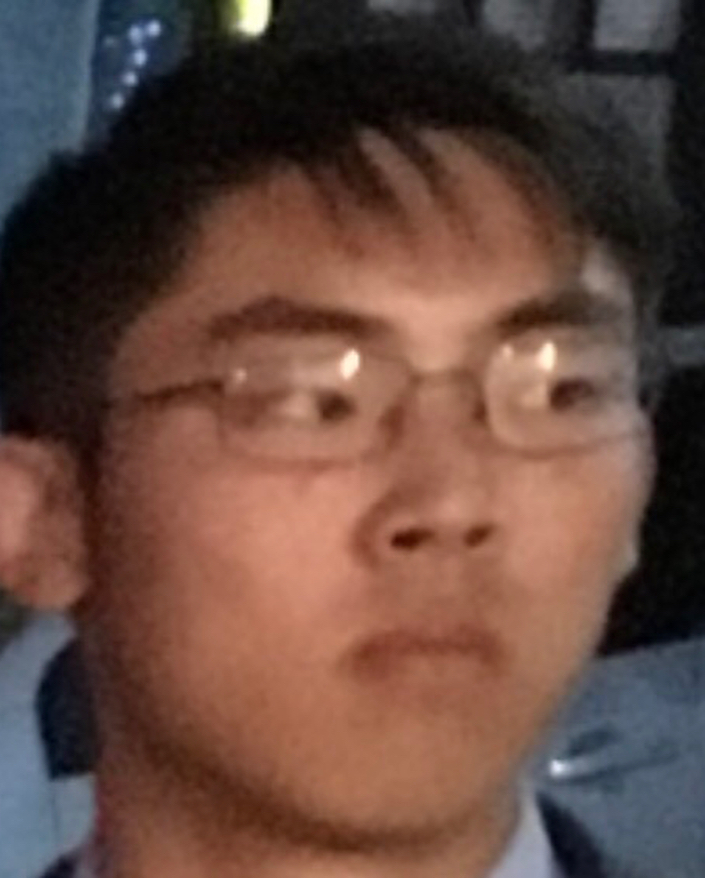
|

|

|
|
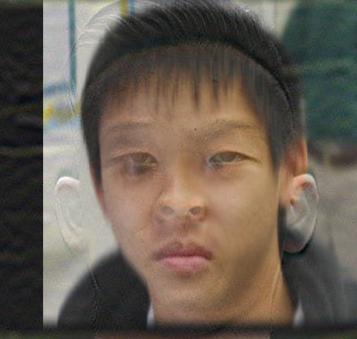
|
Part 1.3: Gaussian and Laplacian Stacks
Gaussian stacks were created by continuously applying blurring to a photo.Laplacian stacks were created by taking the difference of im[n] - blurred(im[n]) at level n
The last layer of the Laplacian stack is the last Gaussian blur image.
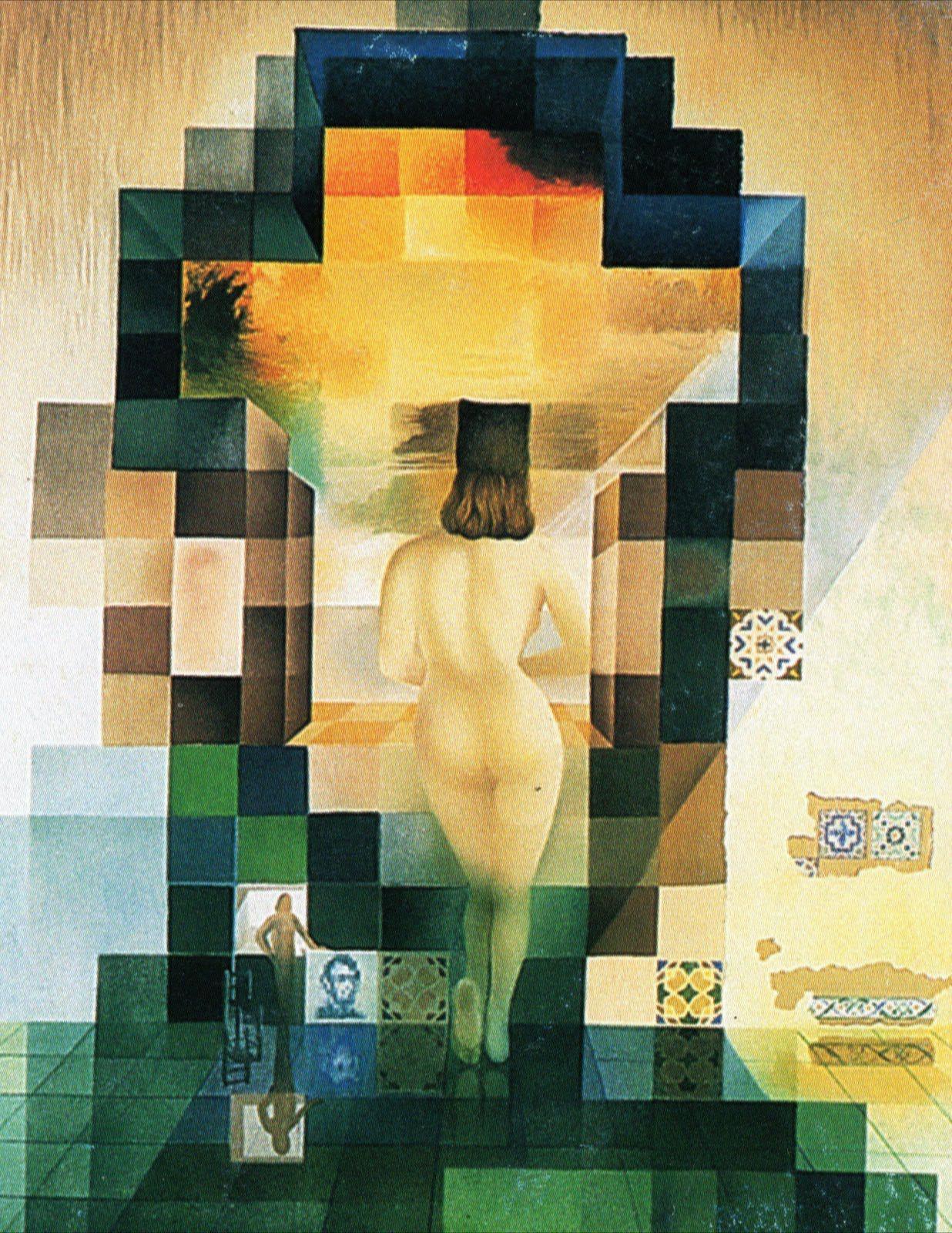
|
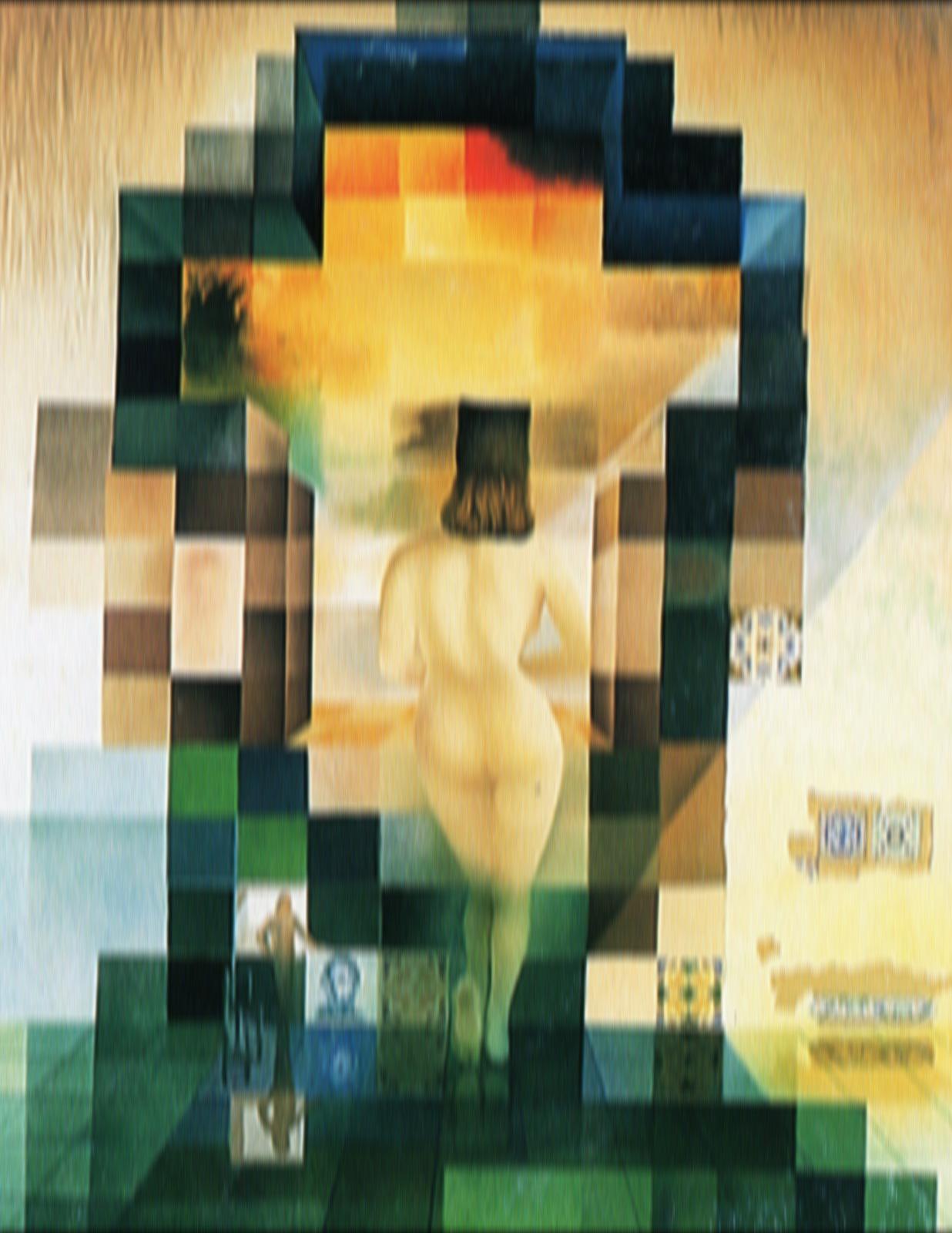
|
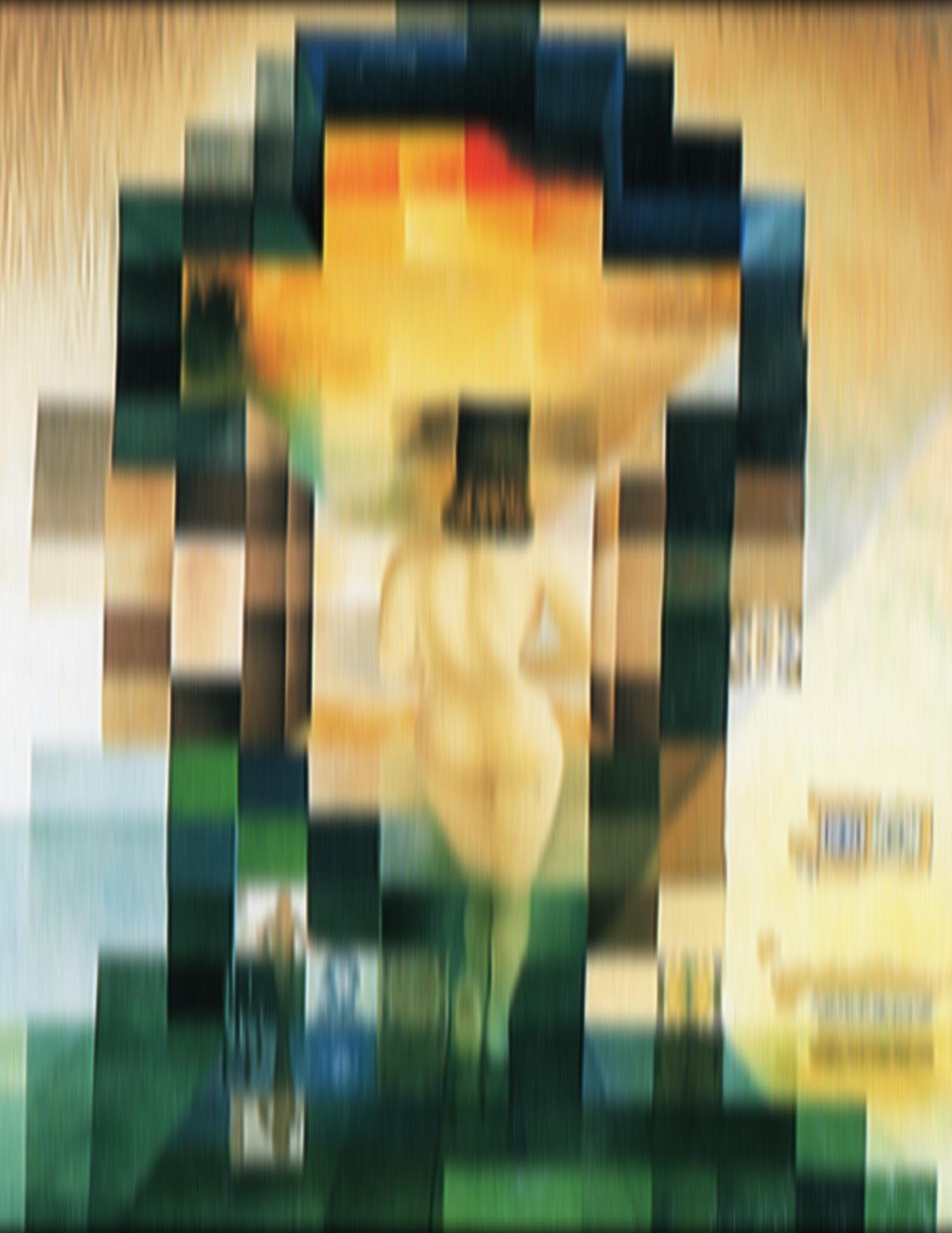
|
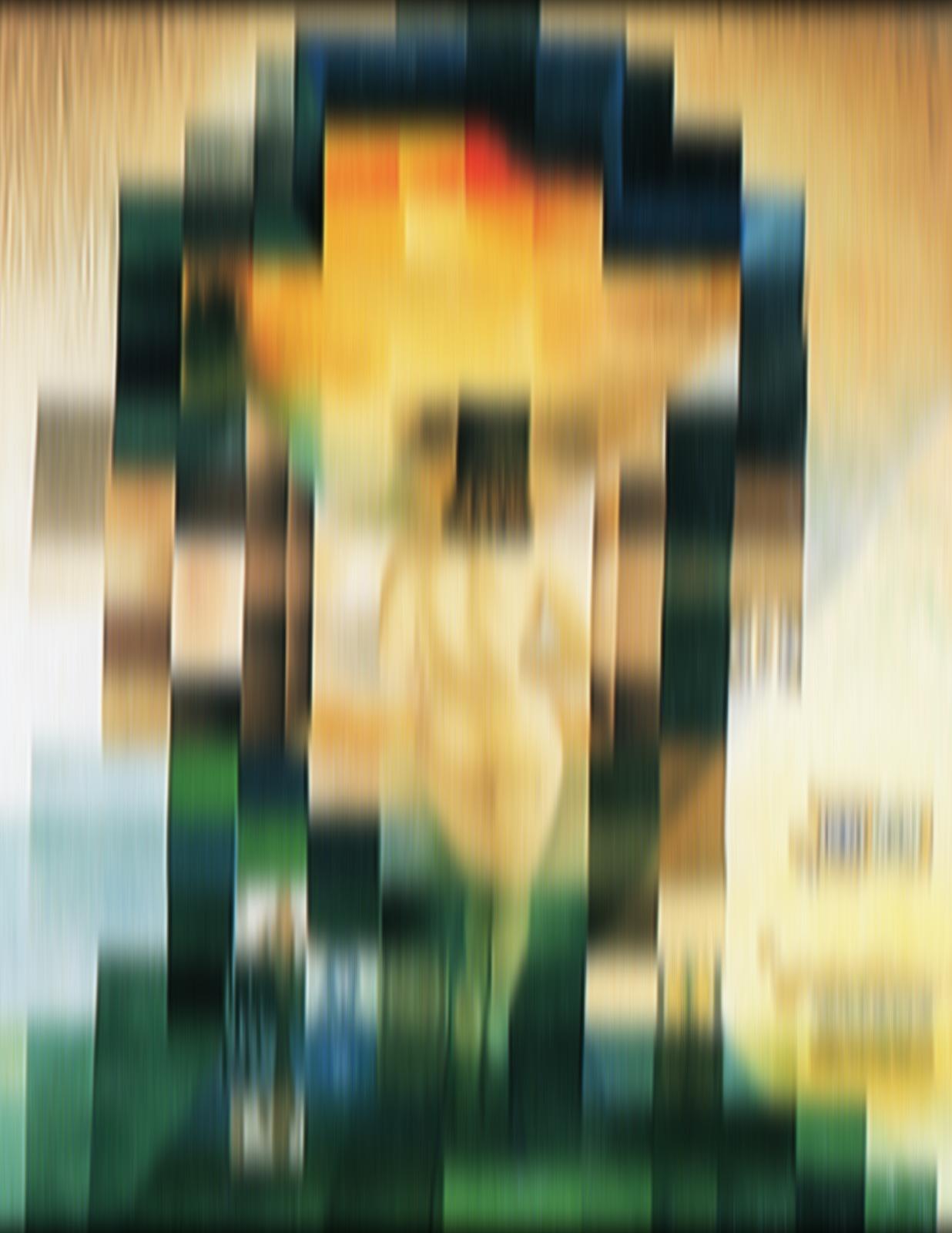
|

|
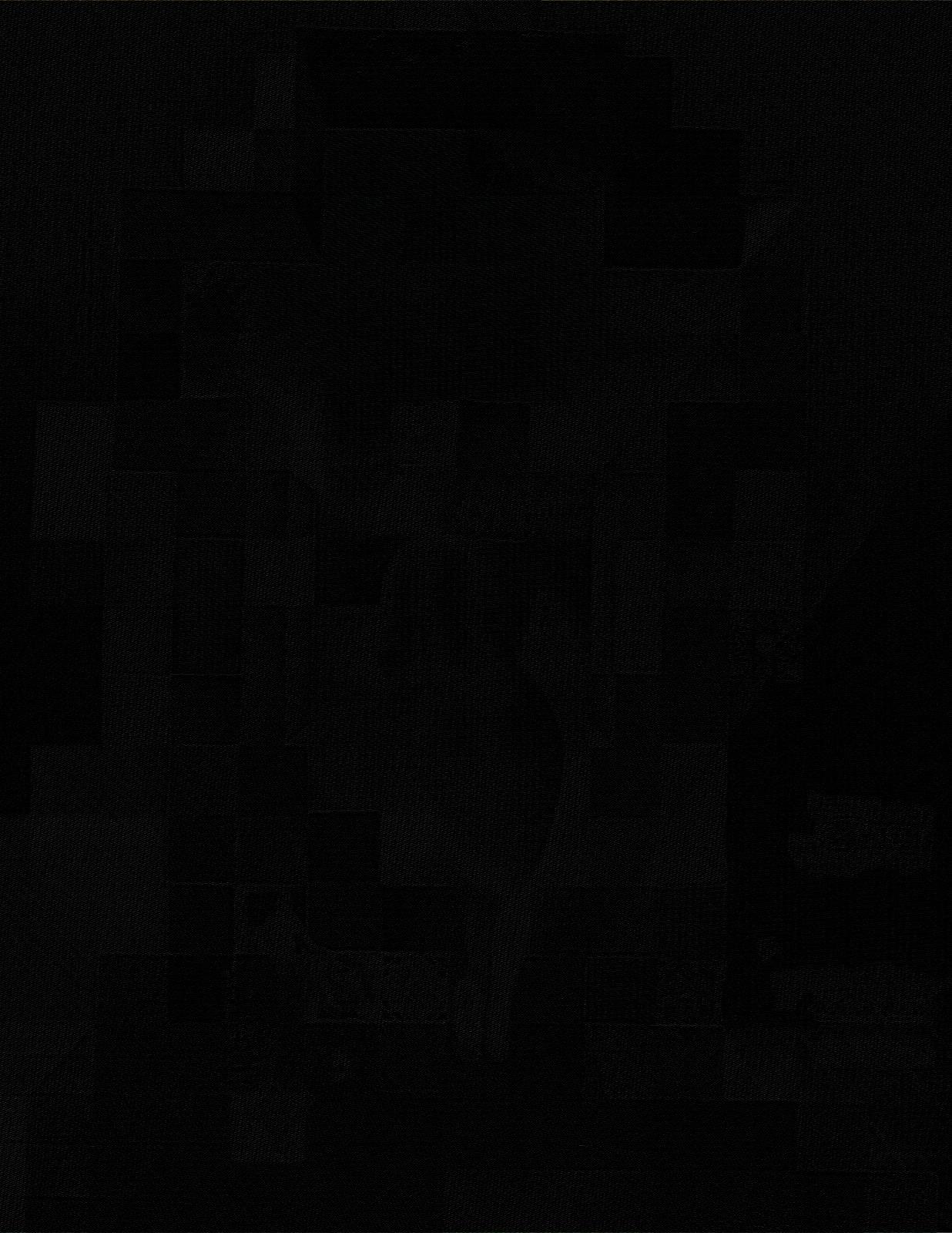
|
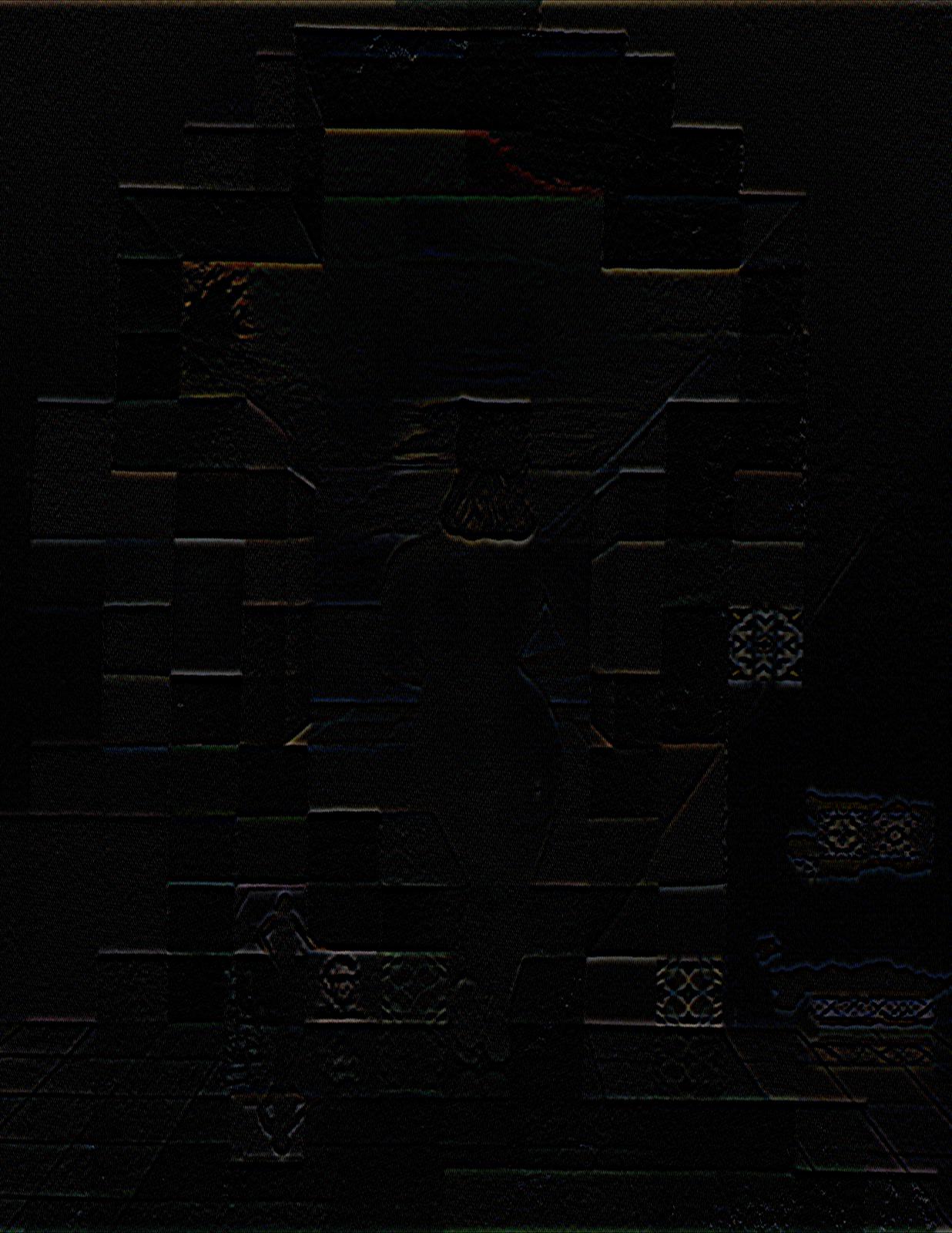
|
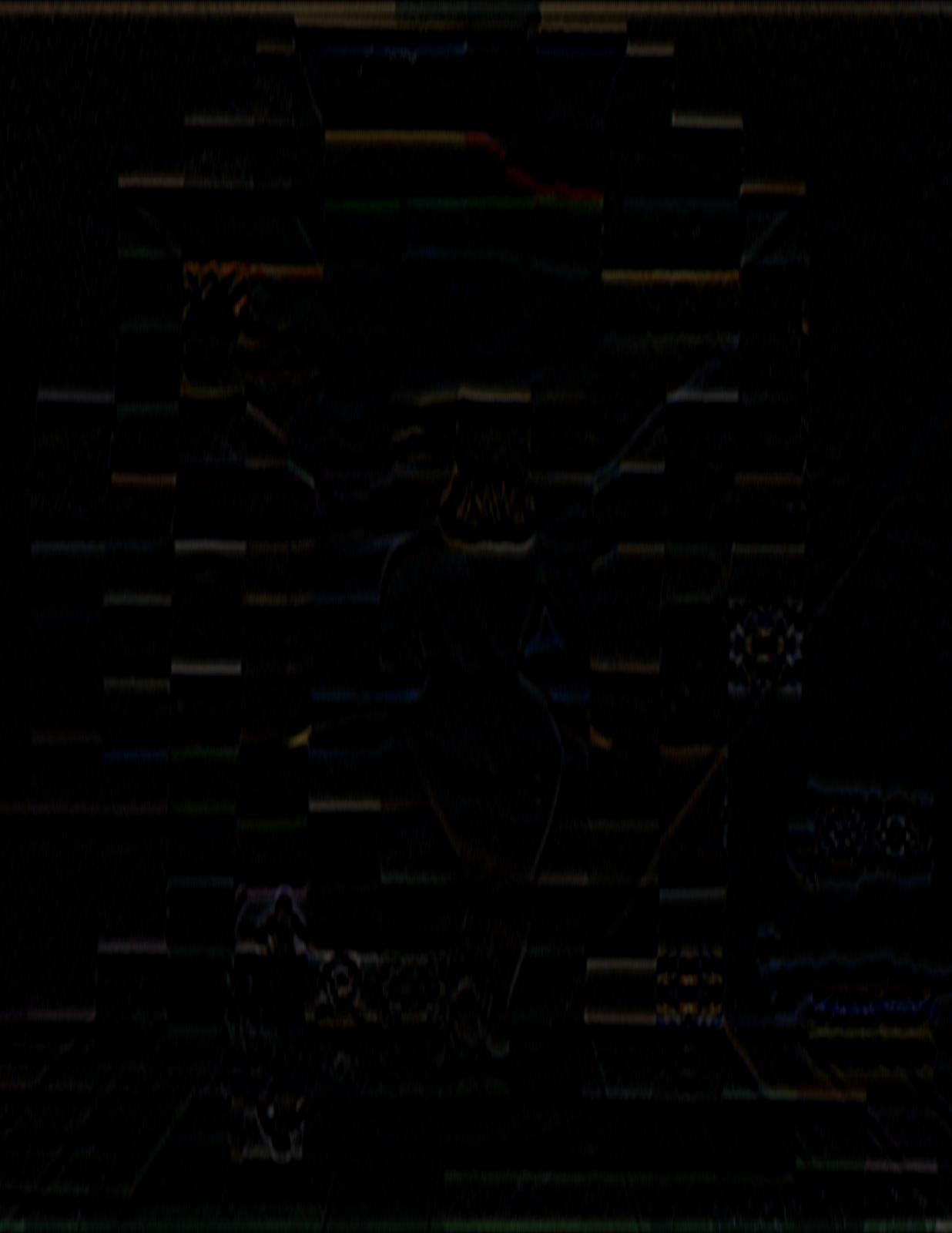
|
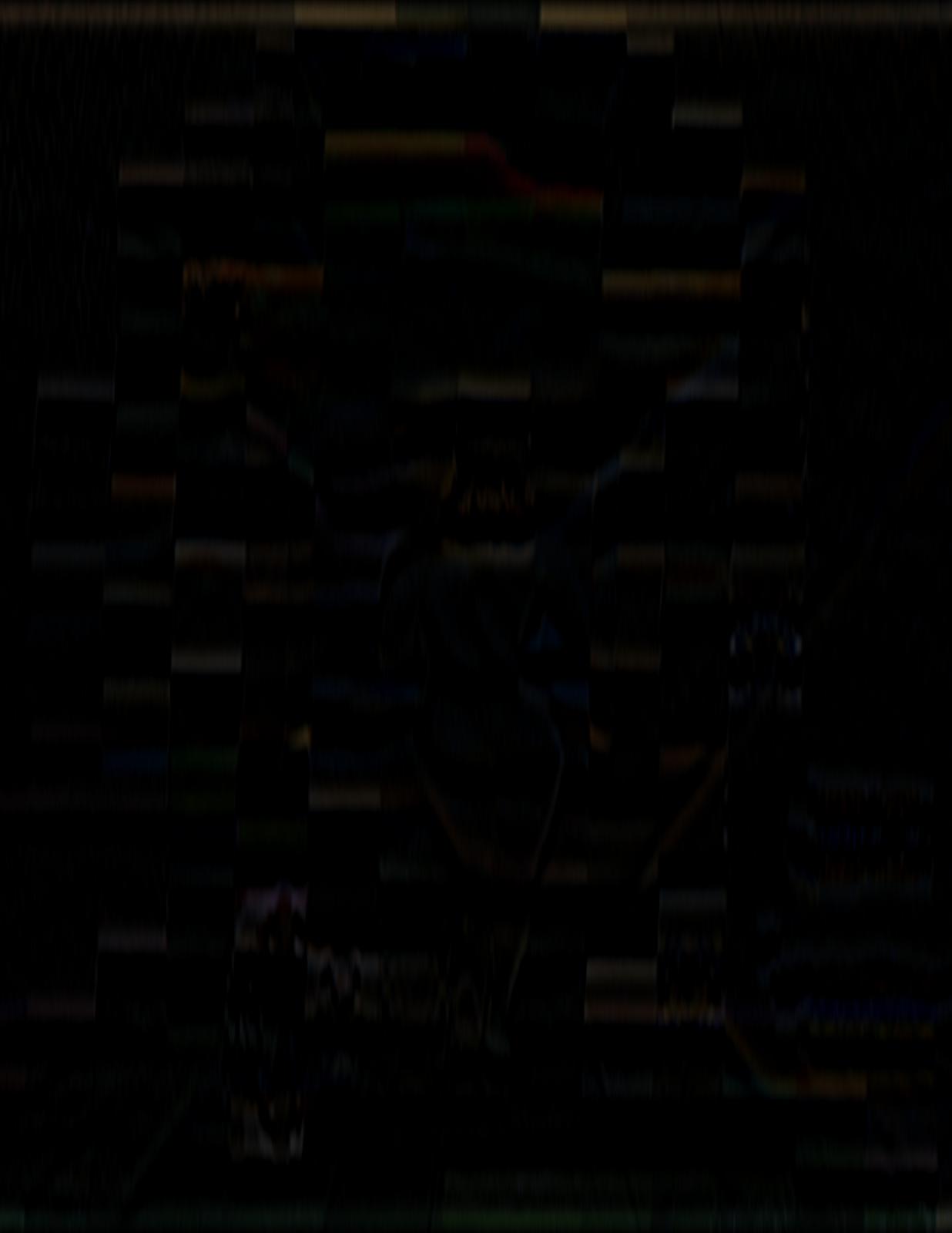
|

|
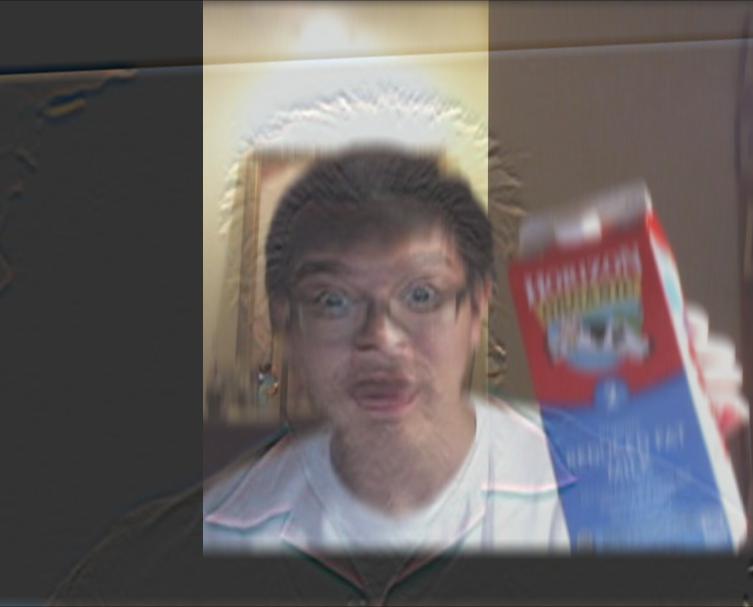
|
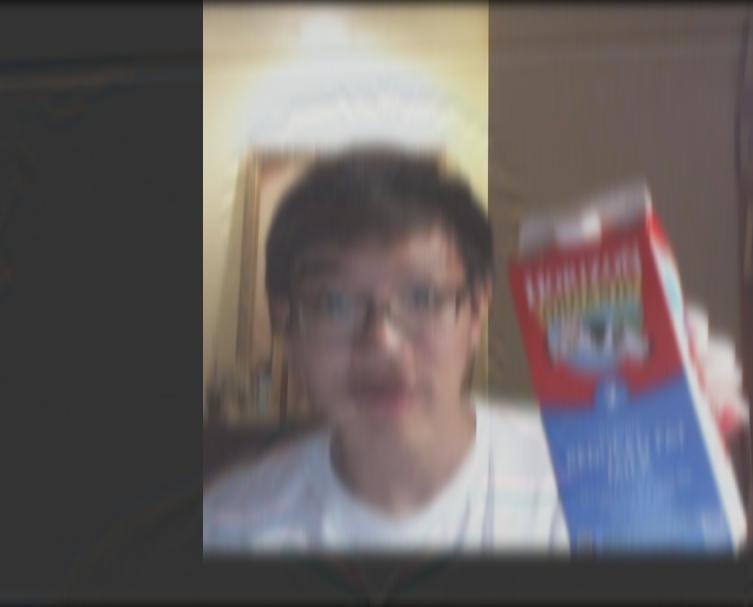
|
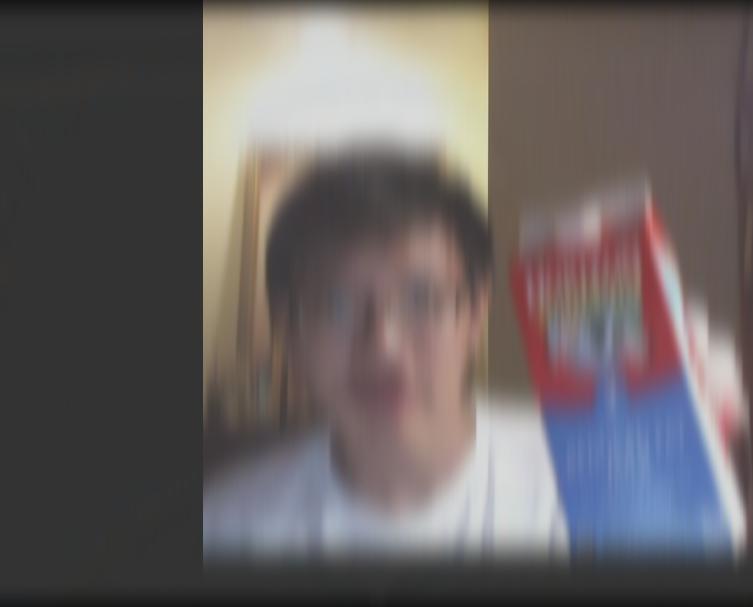
|
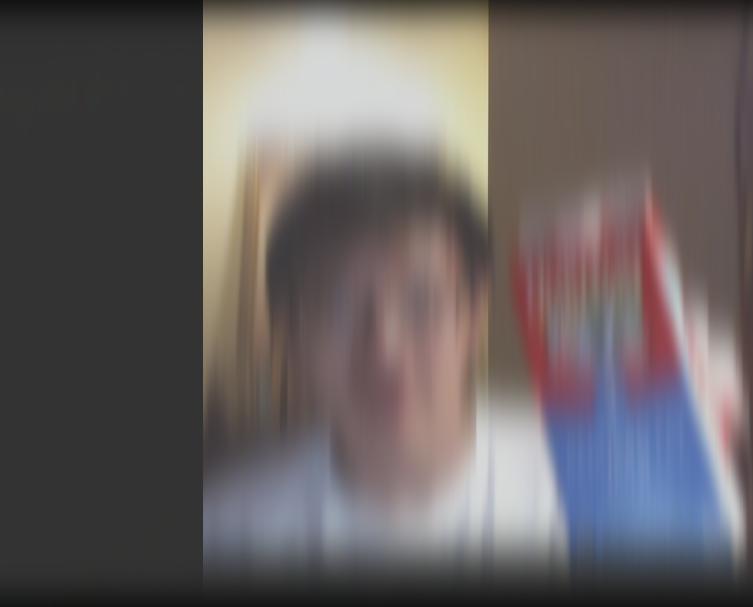
|
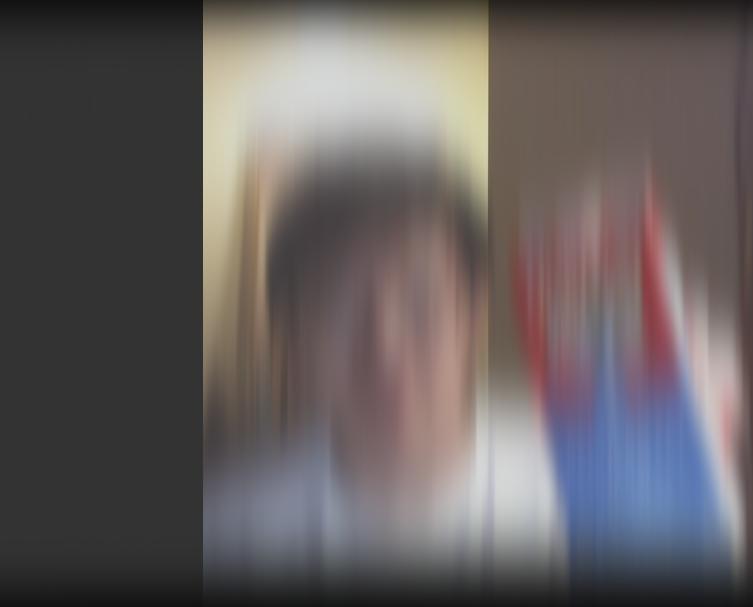
|
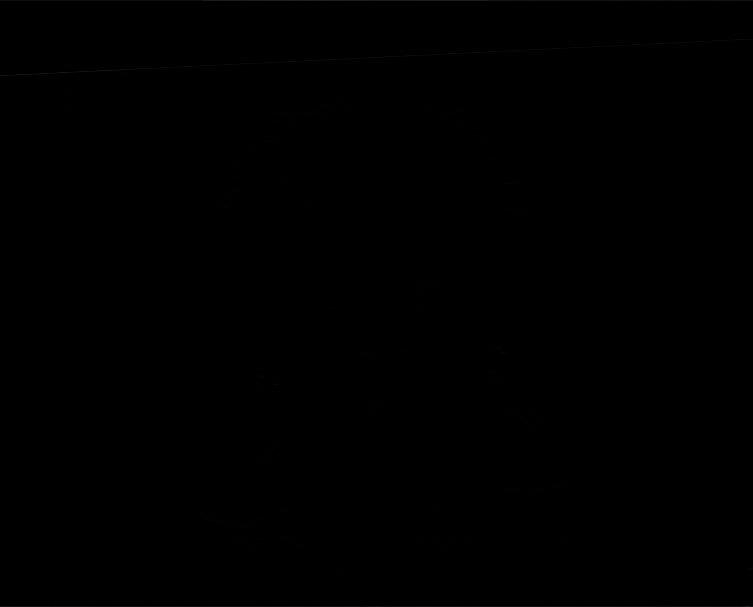
|
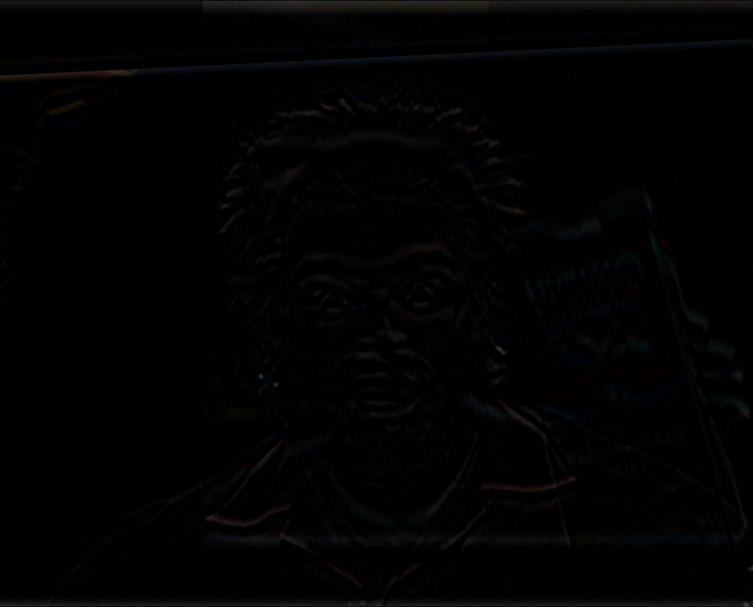
|
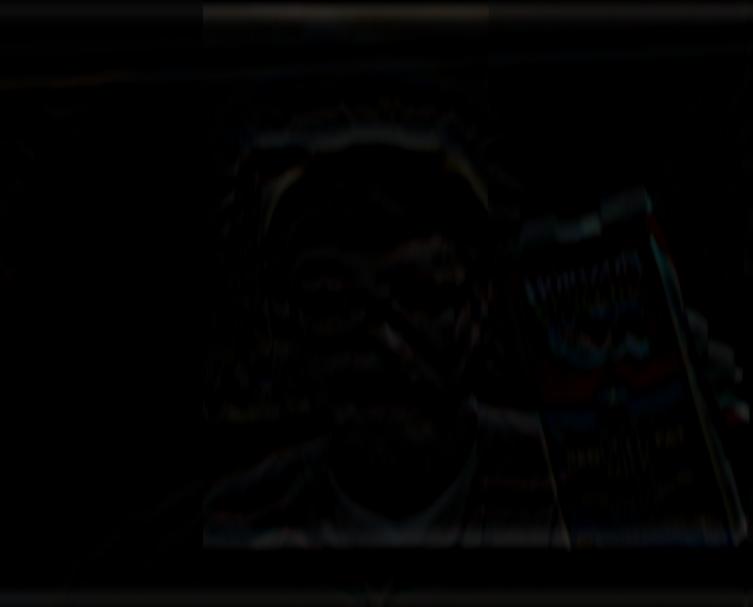
|
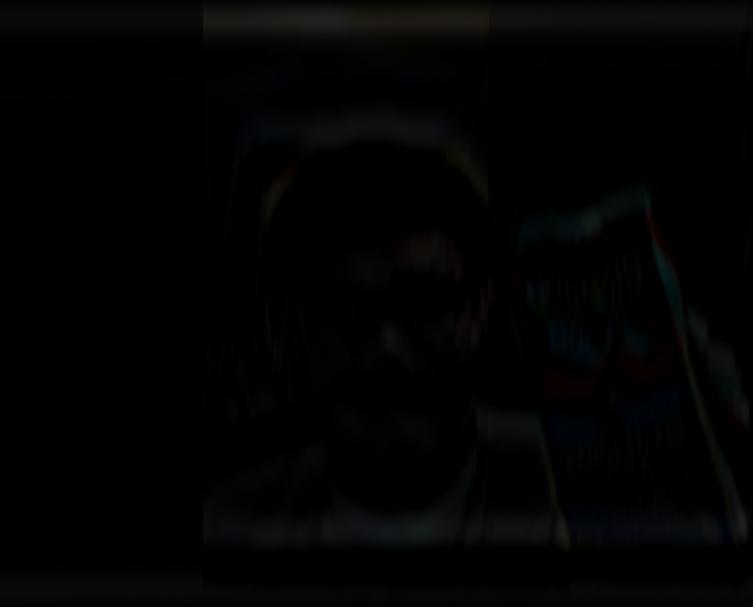
|

|
Part 1.4: Multiresolution Blending
Here, we use a gaussian blurred mask to take varying ratios of different levels of the laplacian stacks for two images and then combine them to create a more smooth, blended combined image.

|

|

|

|

|
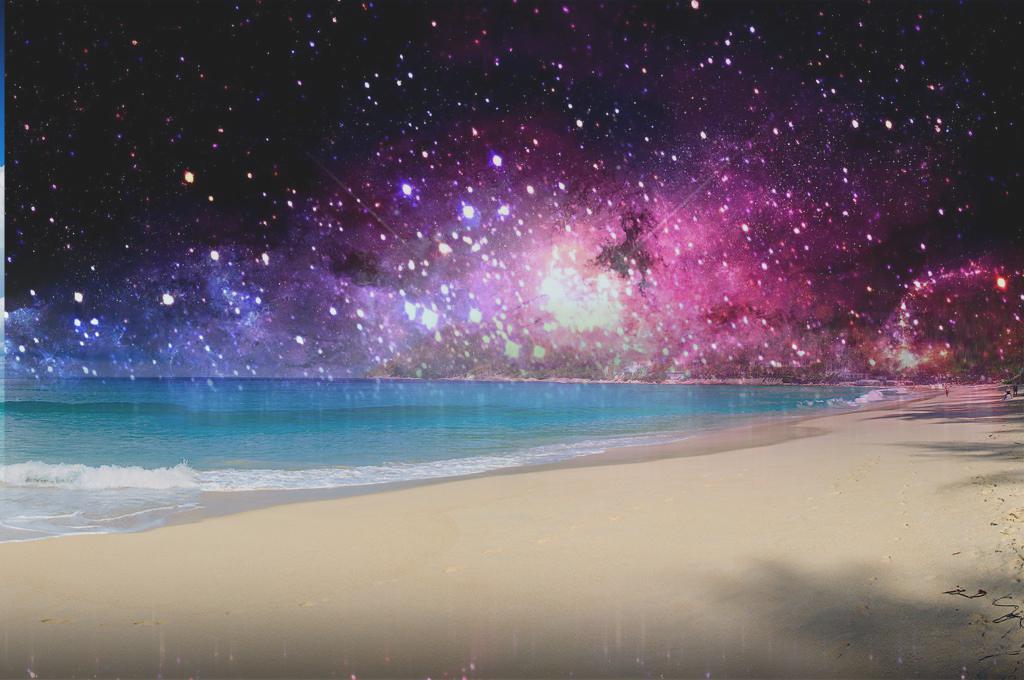
|

|

|

|
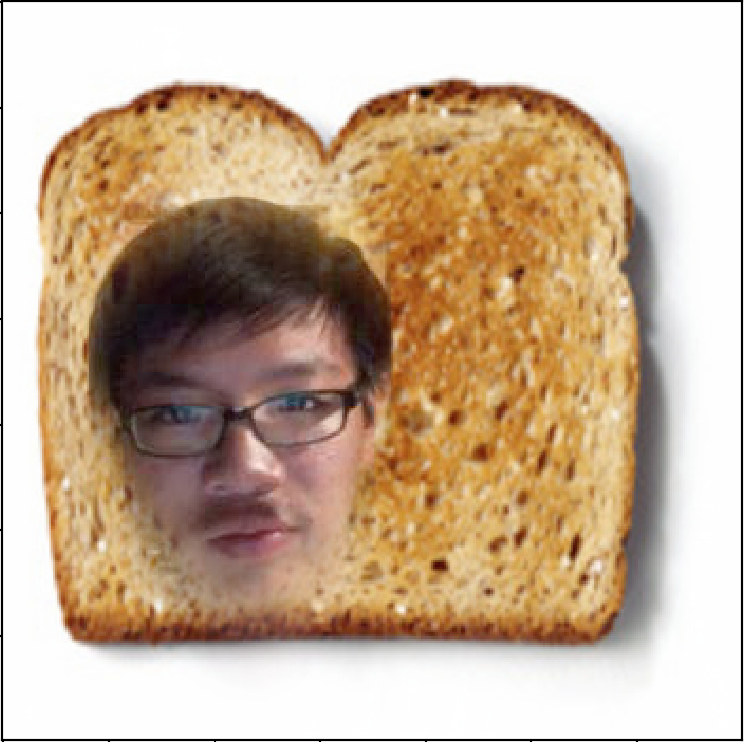
|
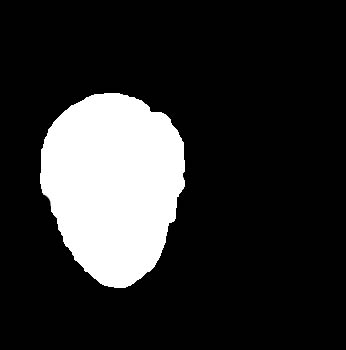
|
Part 2: Gradient Domain Fushion
Here, we take a look into how we can cut and paste part of an image into another image or scene as seamlessly as possible. What makes this combination of a source image into a target background look good is if the source image has its gradients preserved.This can be mapped by the following minimization equation:

Part 2.1: Toy Example
Here, we do a toy version of the problem by trying to reconstruct an image based on simple gradient calculations -- the difference in intensity of one pixel to its right neighbor and below neighbor.

|

|